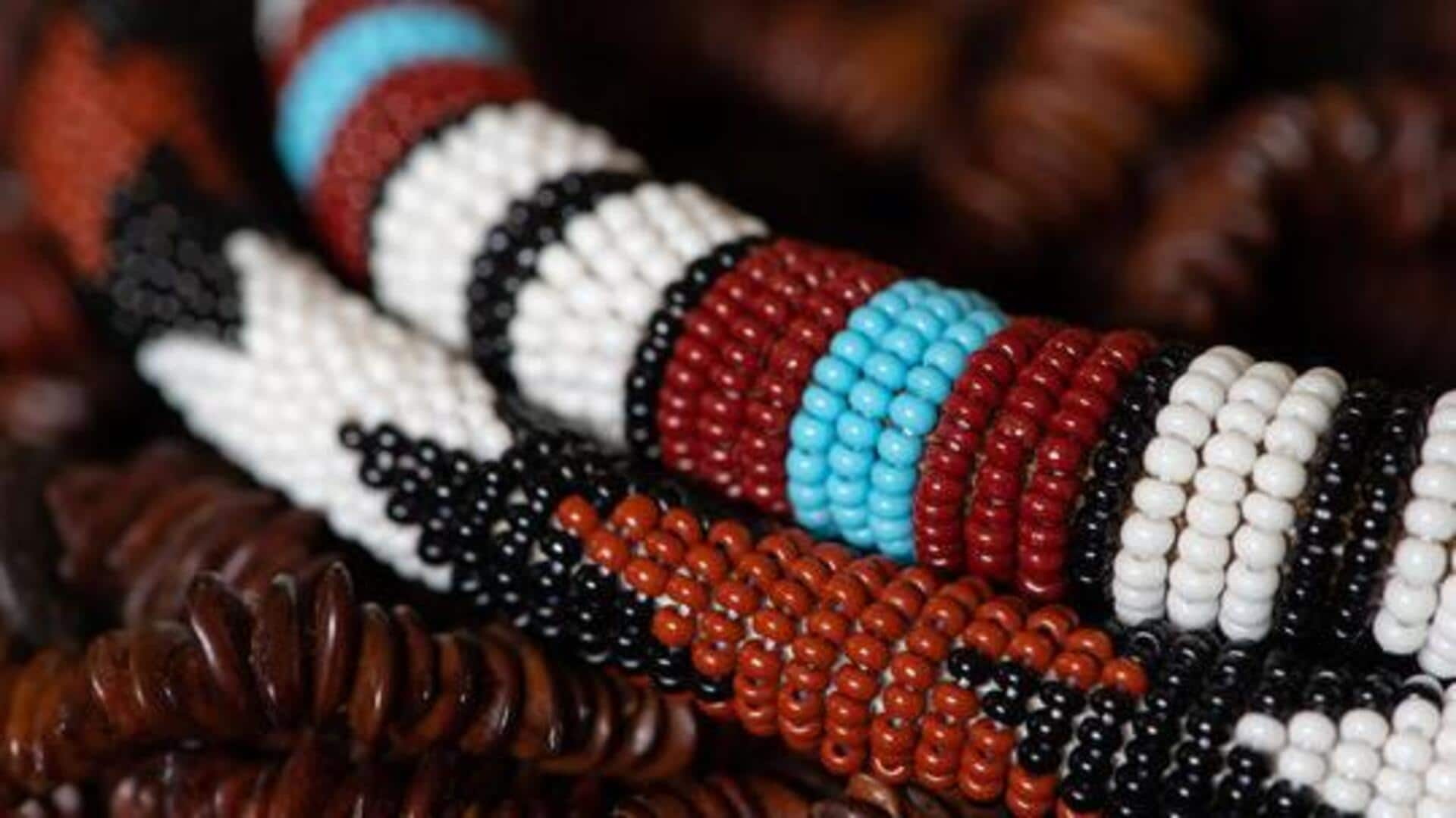
How beadwork is shaping sustainable accessories
What's the story
African beads have been a part of cultural traditions for centuries, and now, they're becoming a sustainable accessory-making trend. Using these colorful beads, artisans can create eco-friendly jewelry and accessories that celebrate African heritage. Not only does this practice promote sustainability, it also supports local economies by providing artisans with a source of income. Here's how African beads are being used to make sustainable accessories.
#1
The cultural significance of African beads
African beads have been an integral part of the continent's cultural identity for centuries. They were used as currency, symbols of status, and even in rituals. Each bead type has its own meaning and history, making them more than just decorative elements. By using these beads in modern accessories, artisans keep cultural traditions alive while introducing them to a global audience.
#2
Eco-friendly materials in accessory making
Sustainability is at the core of modern accessory-making. Many artisans use recycled materials along with African beads to make eco-friendly products. For example, recycled glass or metal can be used as bases or accents in jewelry designs. This reduces waste and minimizes environmental impact, while also offering unique textures and styles.
#3
Supporting local economies through beadwork
The beadwork industry also provides employment opportunities to many communities across Africa. By buying these handmade products, consumers contribute to the economic growth of these regions. Many artisans work in cooperatives that ensure fair wages and working conditions. This not only empowers individuals but also strengthens community bonds.
Tip 1
Tips for choosing sustainable accessories
When buying sustainable accessories made with African beads, look for authenticity and craftsmanship. Check if the product is handmade by skilled artisans who use traditional techniques. This guarantees that the item is not only unique but also supports ethical practices. Also, look for certifications or labels that prove the eco-friendliness of materials used in the product's making.